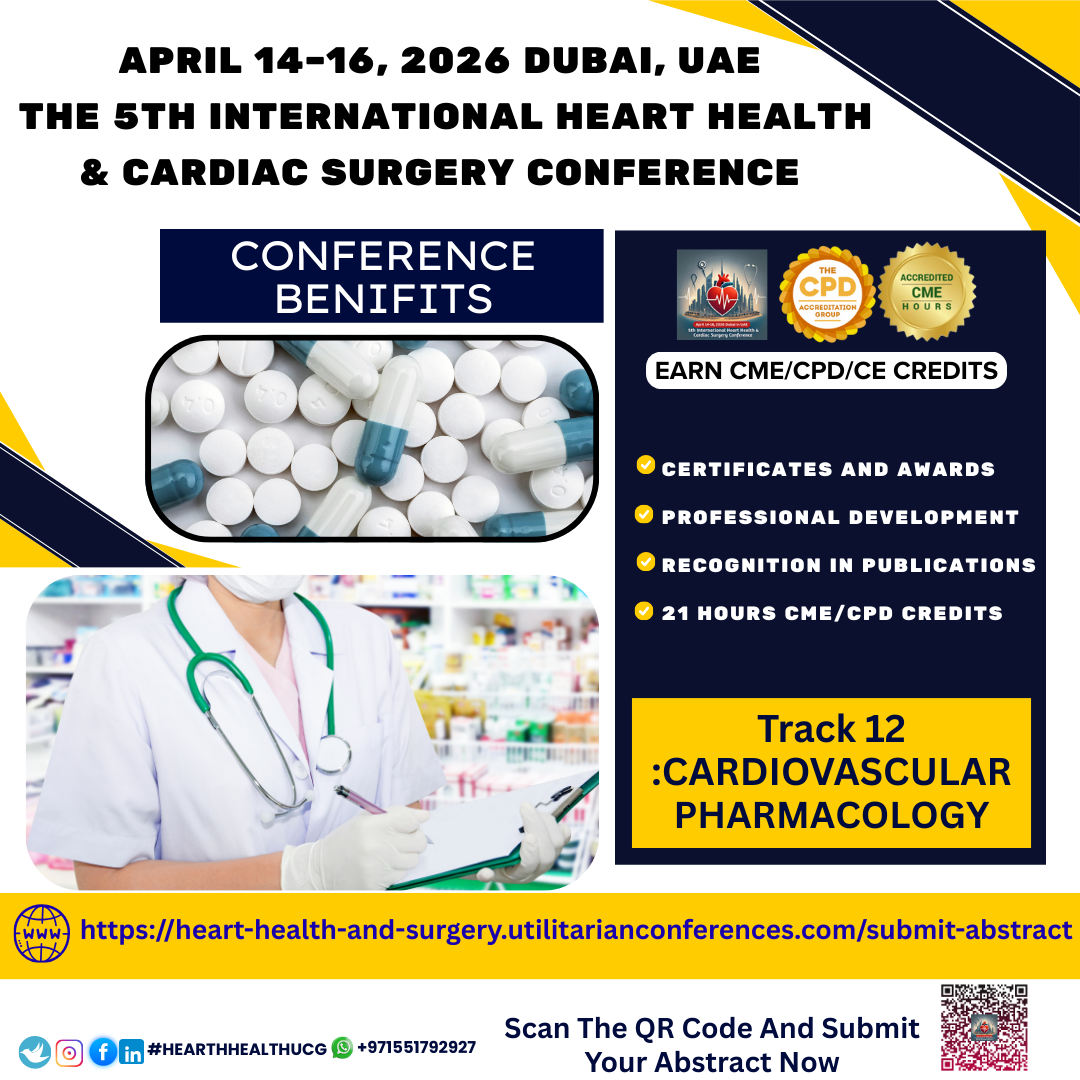



Heart Health is a broad and essential topic that refers to maintaining the...

Cardiovascular diseases (CVDs) are the leading cause of death globally,
claiming an estimated 17.9...

The human heart is a marvel of biological engineering—relentlessly pumping blood, day and night, to sustain life. But when things go wrong in the cardiovascular system, whether it's due to high blood pressure, arrhythmias, or heart failure, pharmacology plays a key role in restoring balance. Cardiovascular pharmacology is the field that focuses on drugs used to treat conditions of the heart and blood vessels. In this post, we'll explore the major classes of cardiovascular drugs, how they work, and why they matter.
Cardiovascular pharmacology refers to the study and use of medications that influence the heart and circulatory system. These drugs can manage a range of conditions, including:
Hypertension (high blood pressure)
Coronary artery disease
Heart failure
Arrhythmias (abnormal heart rhythms)
Hyperlipidemia (high cholesterol)
Each drug class works differently, targeting specific physiological mechanisms to achieve its therapeutic effects.
Major Classes of Cardiovascular Drugs 1. Antihypertensives – Controlling Blood Pressure High blood pressure is a major risk factor for heart attack and stroke. Antihypertensive drugs help lower it through different mechanisms:ACE Inhibitors (e.g., enalapril, lisinopril): Block the formation of angiotensin II, a hormone that narrows blood vessels.
ARBs (Angiotensin II Receptor Blockers): Block angiotensin II from binding to its receptors.
Calcium Channel Blockers (e.g., amlodipine): Relax blood vessel walls by preventing calcium from entering cells.
Beta-Blockers (e.g., atenolol, metoprolol): Slow the heart rate and reduce the force of contraction.
Diuretics (e.g., hydrochlorothiazide): Help eliminate excess sodium and water, lowering blood volume and pressure.
Nitrates (e.g., nitroglycerin): Dilate coronary arteries and reduce heart workload.
Beta-Blockers & Calcium Channel Blockers also play a role in managing chronic stable angina.
Class I (e.g., lidocaine): Sodium channel blockers
Class II (e.g., propranolol): Beta-blockers
Class III (e.g., amiodarone): Potassium channel blockers
Class IV (e.g., verapamil): Calcium channel blockers
ACE inhibitors & ARBs – Reduce strain on the heart
Beta-blockers – Lower heart rate and oxygen demand
Diuretics – Reduce fluid overload
Digoxin – Strengthens heart contractions
Statins (e.g., atorvastatin, simvastatin): Reduce LDL cholesterol and inflammation
Fibrates and Niacin: Target triglycerides and raise HDL
PCSK9 Inhibitors: Powerful injectable agents for difficult-to-treat cholesterol